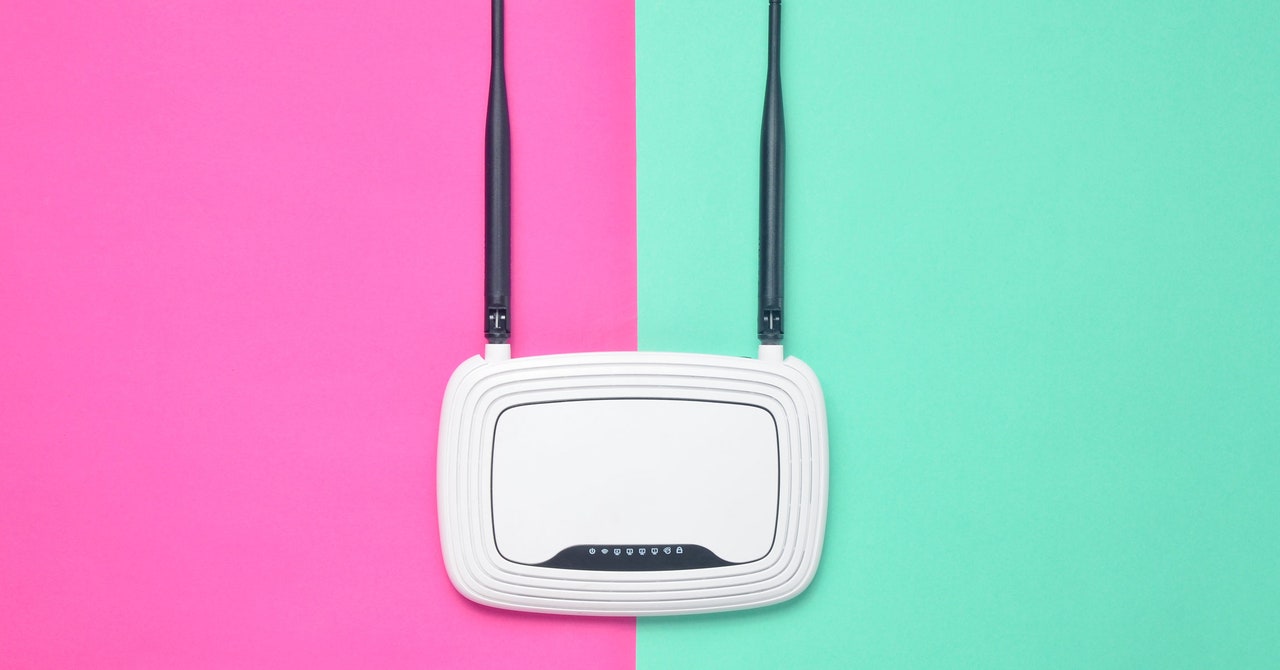As we all shelter-in-place and work from home more, figuring out how to make your internet faster has become a necessity.
The good news is that some internet service providers have have increased speeds for low-income customers. Others have suspended broadband data caps.
That makes the internet to your front door less of a bottleneck, but eliminating subpar speeds and Wi-Fi dead zones around the house is largely up to you. To help, we’ve put together some suggestions on ways you can troubleshoot, and hopefully improve, the quality of the Wi-Fi inside and outside your place.
Be sure to also check out our guide to securing your home Wi-Fi network, our guide to the new Wi-Fi 6 standard, and our gear guide for working at home.
Updated May 2020: We’ve added a bunch of new tips and buying advice to this guide.
If you buy something using links in our stories, we may earn a commission. This helps support our journalism. Learn more.
1. Move Your Router
That router in the closet? Not a good idea. Walls, cupboards, even bookshelves can potentially dampen your Wi-Fi signal. Physically moving the router can make a real difference to the speeds you get and how far its wireless transmissions can reach. The perfect spot will depend on your home, but try not to hide your router in a corner, or under a cupboard, or inside a drawer—the more central and prominent it is, the better. For more info, read our guide to where to put your router for the best possible home Wi-Fi.
You might need to apply some creative cabling to get your router in a better place, but it’s going to be worth the effort for the end results. The goal is to get your main devices—consoles, laptops, and so on—as close as possible to your router. Devices that don’t need quite so much bandwidth, like smart thermostats, don’t have to be a priority in terms of physical proximity.
If you don’t have a flat surface near the best spot, you can mount your router halfway up a wall. If possible, keep it away from other devices that use electromagnetic waves; that includes baby monitors, wireless keyboards, and even microwaves.
2. Use an Ethernet Cable
We sometimes forget: wires still exist! You don’t need Wi-Fi. A wired connection to your router is usually preferable to a wireless one. It’s faster and more stable, and can’t be affected by other devices or large fish tanks. The downside is, of course, that it limits where your devices can be, and it’s less convenient overall.
Still, for devices that need the fastest internet possible—a gaming console or a streaming box, for example—it’s often well worth the effort to run a wire. The router will have a handful of Ethernet ports to spare, so all you need is a cable.
To do a really tidy job and avoid having wires trailing across your floor, you’ll need to deploy some cable management. Wall brackets like these ($14 for a pack of 40) keep the Ethernet cable fixed to the walls. If you have several cables running the same direction these wall mounts ($13 for a pack of 50) work well. For one or two gadgets, it can be worth the extra setup.
3. Change the Channel or Band
Wi-Fi signal is divided into channels. Your router uses a particular Wi-Fi channel to communicate with the devices around your home, and if you have neighbors living very close who have routers using the same Wi-Fi channel, then everything can get congested quickly. Switching to a different channel can solve this problem.
Every router will handle this differently. Check its documentation or look up the instructions online if you’re not sure, but you should be able to find the option somewhere in the device settings. Channels 1, 6 and 11 are the ones to try, as they’ll have the least interference when multiple devices get hooked up.
Most routers now use dual band technology, broadcasting at the 2.4 GHz and 5 GHz frequencies. If your router settings allow you, you

